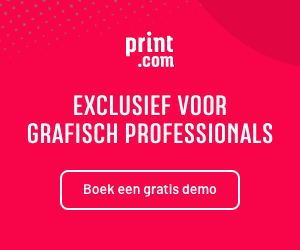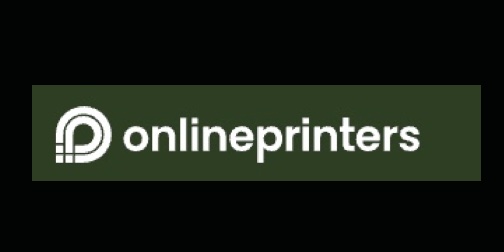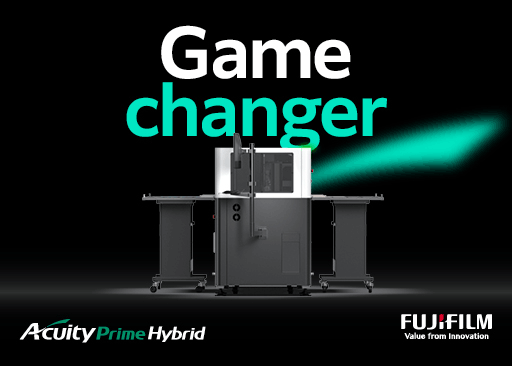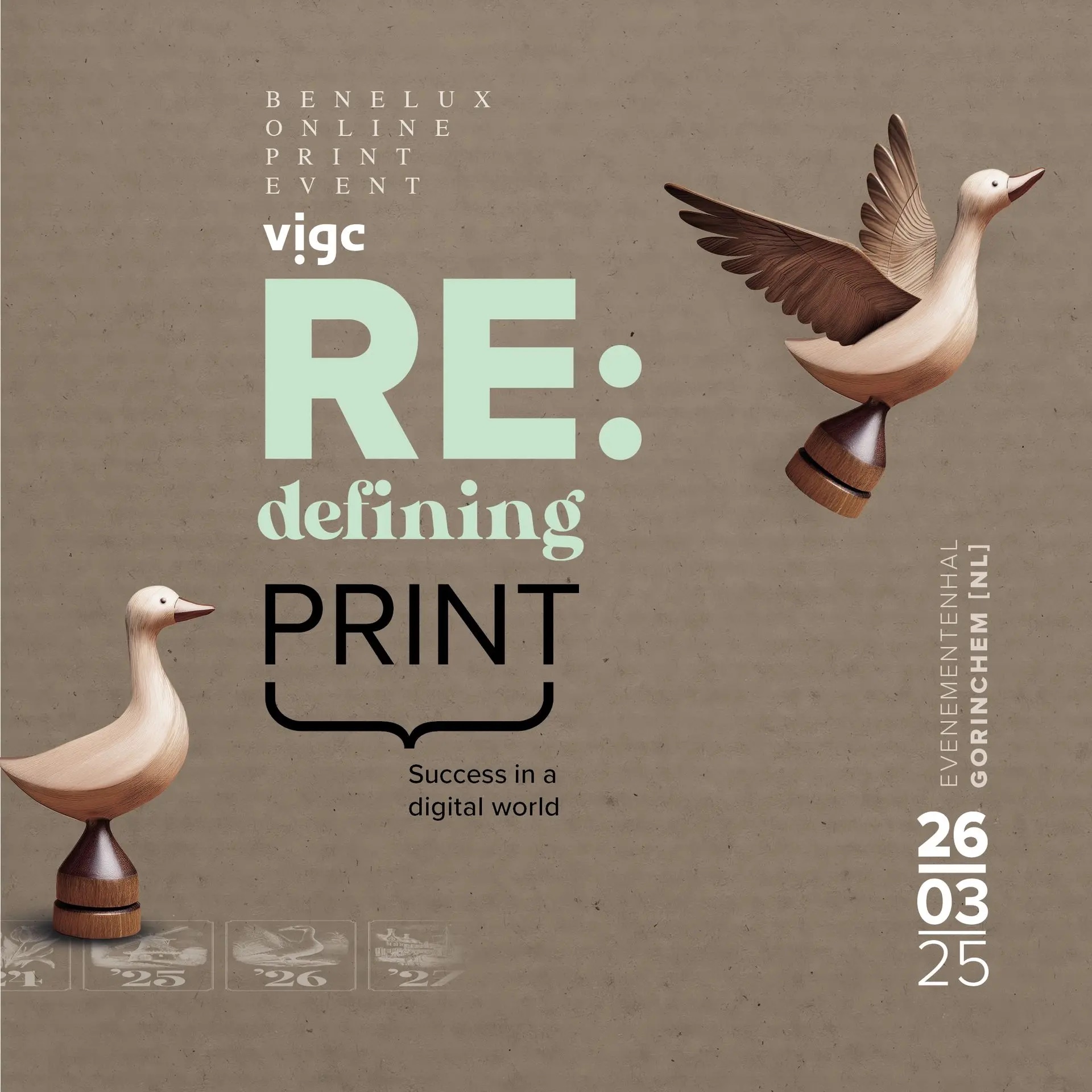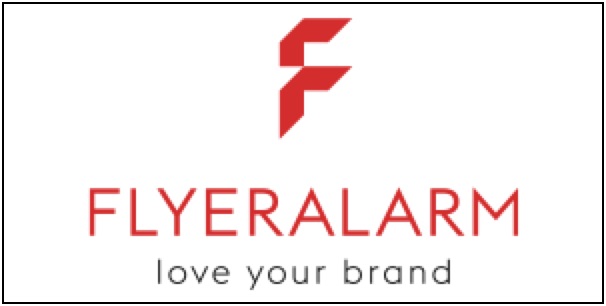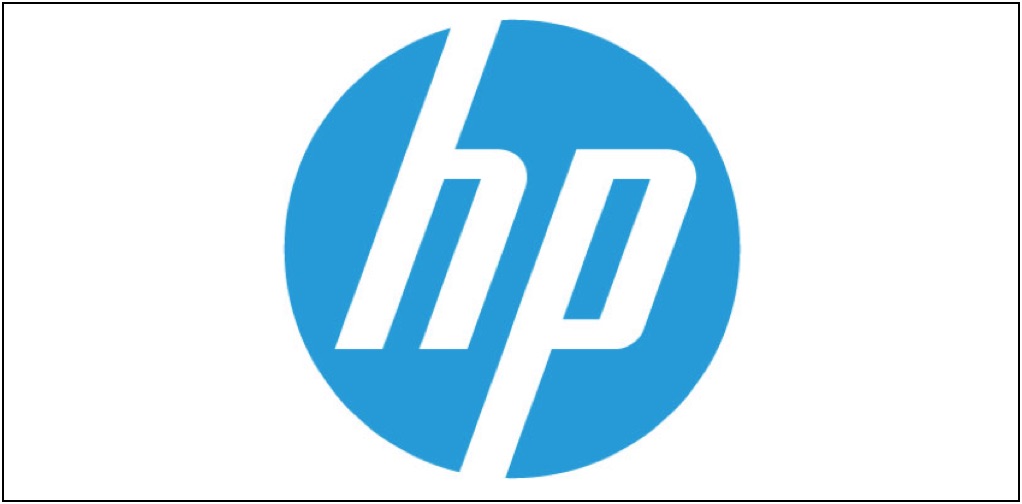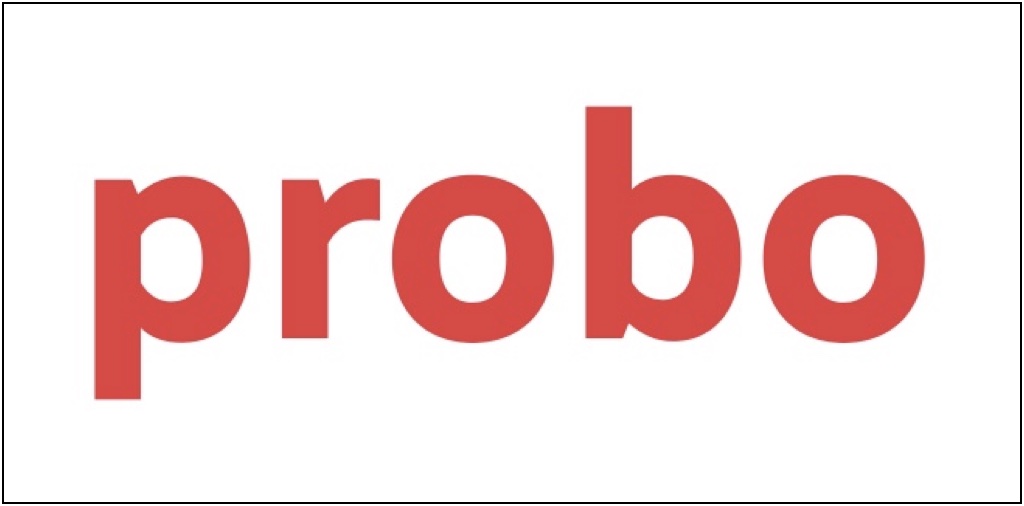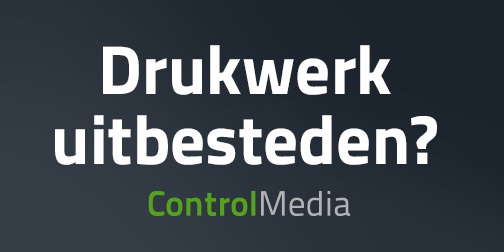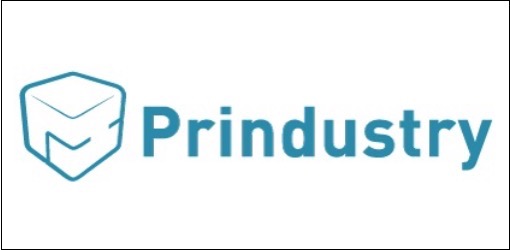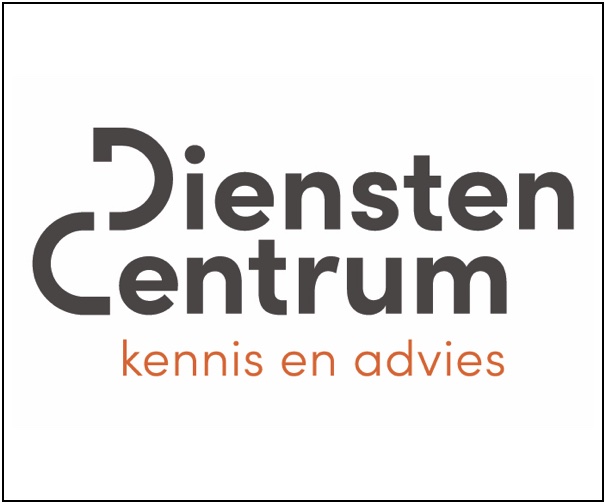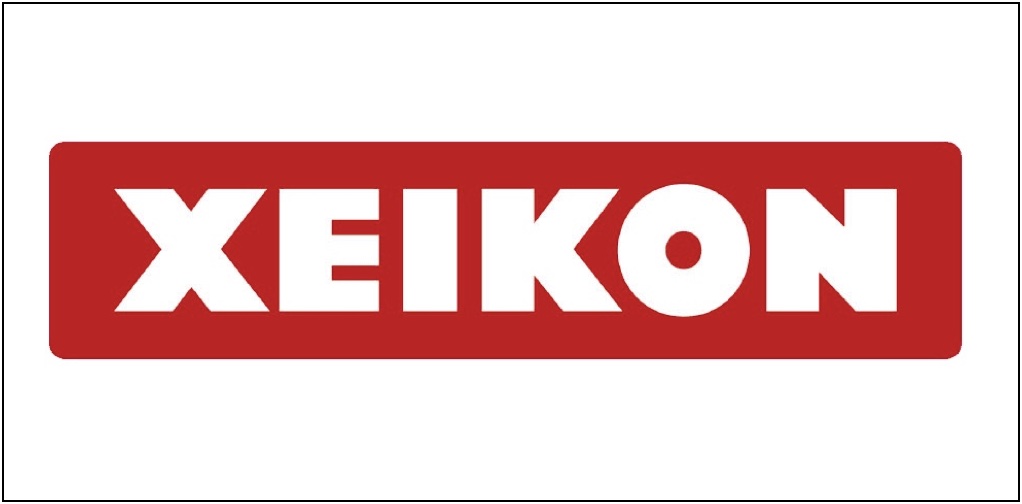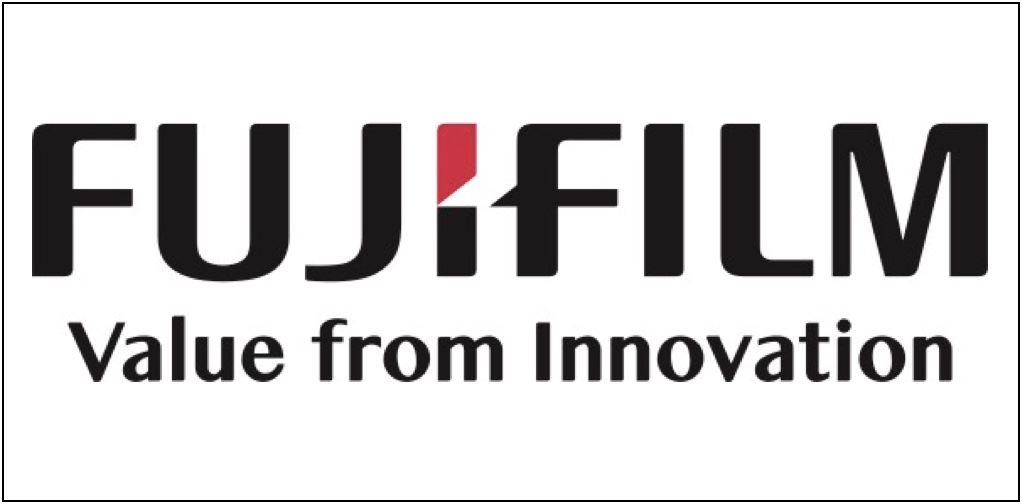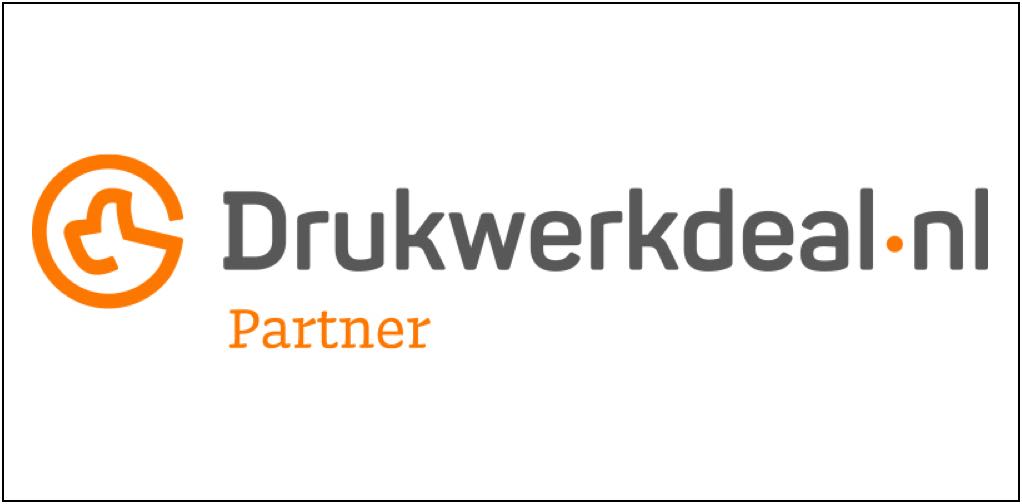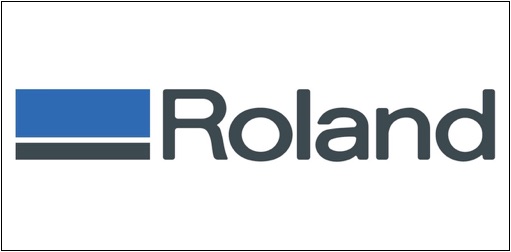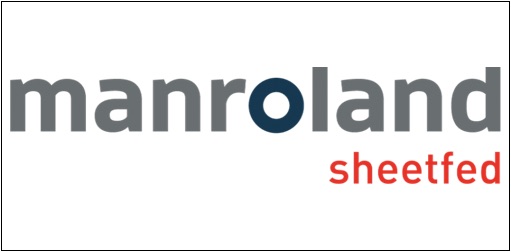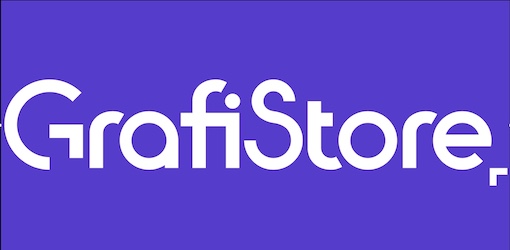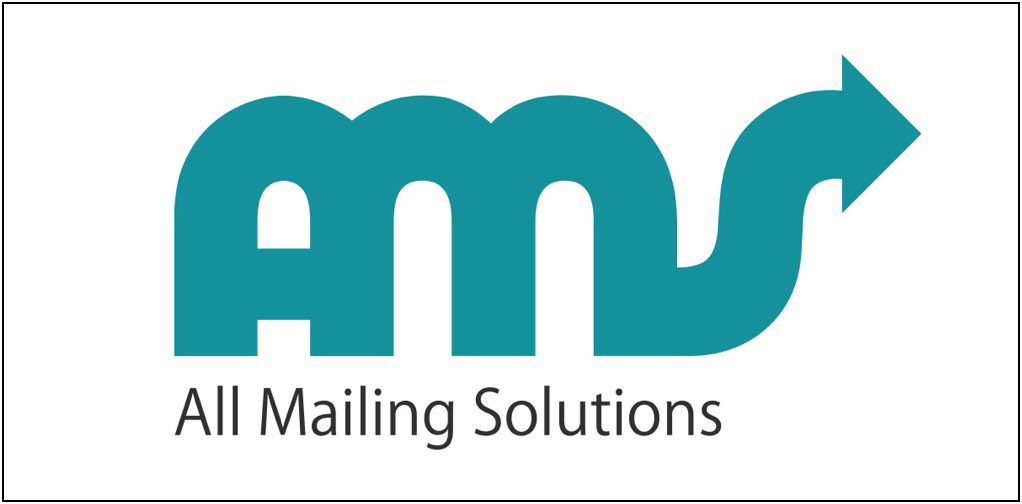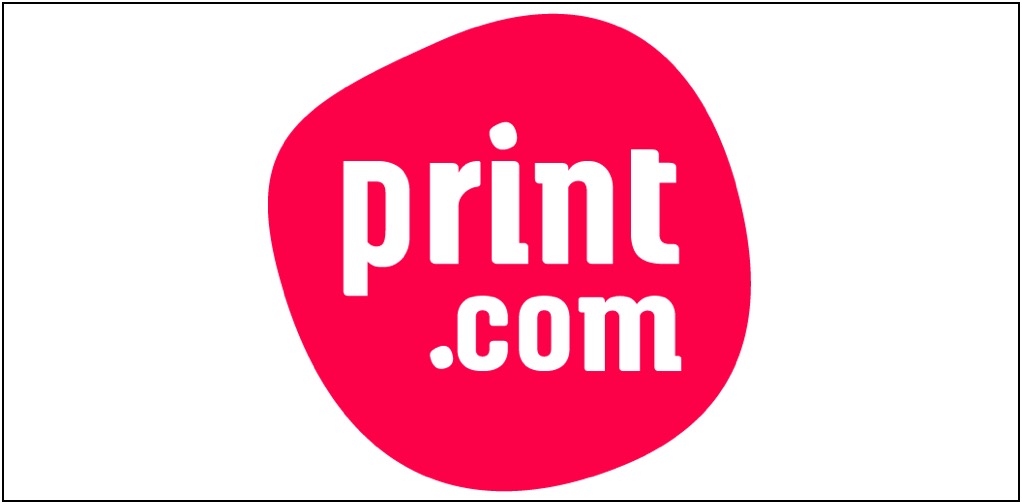Rob van den Braak
 The 13th April is an important deadline. It’s the day when a key exemption in the European Union (EU)’s Regulation on Hazardous Substance II (RoHS II) no longer applies. The ramifications for the graphic arts industry worldwide could be serious, eventually.
The 13th April is an important deadline. It’s the day when a key exemption in the European Union (EU)’s Regulation on Hazardous Substance II (RoHS II) no longer applies. The ramifications for the graphic arts industry worldwide could be serious, eventually.
RoHS II “lays down rules on the restriction of the use of hazardous substances in electrical and electronic equipment (EEE), with a view to contributing to the protection of human health and the environment”. The objective is primarily to reduce energy usage and mitigate risks to health and safety from various substances, including mercury. Mercury is used in lamps for curing UV inks as well as for streetlighting and related applications. 2017 will be the last year we can expect to see mercury lamps in lighting applications, but when it comes to curing applications the picture is murkier.
Mercury arc lamps use intense light that interacts with photoinitiators in UV curable inks. The photoinitiators fragment which initiates polymerisation to create a dry and durable surface. The output spectrum of a mercury arc lamp includes near infrared light which adds heat to the process so that curing takes place more quickly. One alternative to UV cured inks is solvent inks which pose more of a health and environmental hazard. From the EU’s perspective this makes UV curing inks a preferable alternative to solvents; this will probably help their case when it comes to the RoSH II ban. According to our EU contact if “a product containing more than 0.1% Hg [mercury] by weight is installed before April, it is allowed and it can have replacement Hg arc lamps into the future until it reaches end of life.” That’s good news, at least for as long as manufacturers keep making mercury arc lamps.
The graphic arts is not going to lose its mercury arc lamps just yet, despite the expiration of the RoHS II exemption. These lamps will still be available for existing kit, and technologists are working hard on next generation technologies. When it comes to regulatory compliance we can expect to see either a replacement technology or a progress with existing approaches, such that mercury isn’t a problem. Fiddling with the wavelengths a lamp outputs and modifying the materials inside it is a delicate business, but it could be a path forward. LEDs are another option, but LEDs have limitations of their own especially when it comes to curing speed. As far as RoSH II goes, the industry still has time to wait for LED curing to get faster and more effective, but slowly the clock is ticking.
Laurel Brunner

This blog has been made possible by: Agfa Graphics (www.agfa.com), Digital Dots (http://digitaldots.org), drupa (www.drupa.com), EFI (www.efi.com), Fespa (www.fespa.com), Heidelberg (www.uk.heidelberg.com), Kodak (www.kodak.com/go/sustainability), Mondi (www.mondigroup.com/products), Pragati Offset (www.pragati.com), Ricoh (www.ricoh.com), Shimizu Printing (www.shzpp.co.jp), Splash PR (www.splashpr.co.uk), Unity Publishing (http://unity-publishing.co.uk) and Xeikon (www.xeikon.com).
Blokboek.com is the Dutch media partner of Verdrigris, a non-profit initiative which aims to realistically chart the real footprint of printing and which helps companies and organisations to lower that footprint. More information about Verdrigris can be found via this link.
 On 13 April there will be an end to the fact hat mercury lamps were still tolerated. The European Union´s (EU) regulation on Hazardous Substance II (RoHS II) will no longer be valid from that date. This means that from 2017 mercury lamps are prohibited. You can read about what this means for UV curing on Laurel´s Verdigris blog on Blokboek.com.
On 13 April there will be an end to the fact hat mercury lamps were still tolerated. The European Union´s (EU) regulation on Hazardous Substance II (RoHS II) will no longer be valid from that date. This means that from 2017 mercury lamps are prohibited. You can read about what this means for UV curing on Laurel´s Verdigris blog on Blokboek.com.
Lees verder....
 The 13th April is an important deadline. It’s the day when a key exemption in the European Union (EU)’s Regulation on Hazardous Substance II (RoHS II) no longer applies. The ramifications for the graphic arts industry worldwide could be serious, eventually.
The 13th April is an important deadline. It’s the day when a key exemption in the European Union (EU)’s Regulation on Hazardous Substance II (RoHS II) no longer applies. The ramifications for the graphic arts industry worldwide could be serious, eventually.
RoHS II “lays down rules on the restriction of the use of hazardous substances in electrical and electronic equipment (EEE), with a view to contributing to the protection of human health and the environment”. The objective is primarily to reduce energy usage and mitigate risks to health and safety from various substances, including mercury. Mercury is used in lamps for curing UV inks as well as for streetlighting and related applications. 2017 will be the last year we can expect to see mercury lamps in lighting applications, but when it comes to curing applications the picture is murkier.
Mercury arc lamps use intense light that interacts with photoinitiators in UV curable inks. The photoinitiators fragment which initiates polymerisation to create a dry and durable surface. The output spectrum of a mercury arc lamp includes near infrared light which adds heat to the process so that curing takes place more quickly. One alternative to UV cured inks is solvent inks which pose more of a health and environmental hazard. From the EU’s perspective this makes UV curing inks a preferable alternative to solvents; this will probably help their case when it comes to the RoSH II ban. According to our EU contact if “a product containing more than 0.1% Hg [mercury] by weight is installed before April, it is allowed and it can have replacement Hg arc lamps into the future until it reaches end of life.” That’s good news, at least for as long as manufacturers keep making mercury arc lamps.
The graphic arts is not going to lose its mercury arc lamps just yet, despite the expiration of the RoHS II exemption. These lamps will still be available for existing kit, and technologists are working hard on next generation technologies. When it comes to regulatory compliance we can expect to see either a replacement technology or a progress with existing approaches, such that mercury isn’t a problem. Fiddling with the wavelengths a lamp outputs and modifying the materials inside it is a delicate business, but it could be a path forward. LEDs are another option, but LEDs have limitations of their own especially when it comes to curing speed. As far as RoSH II goes, the industry still has time to wait for LED curing to get faster and more effective, but slowly the clock is ticking.
Laurel Brunner

This blog has been made possible by: Agfa Graphics (www.agfa.com), Digital Dots (http://digitaldots.org), drupa (www.drupa.com), EFI (www.efi.com), Fespa (www.fespa.com), Heidelberg (www.uk.heidelberg.com), Kodak (www.kodak.com/go/sustainability), Mondi (www.mondigroup.com/products), Pragati Offset (www.pragati.com), Ricoh (www.ricoh.com), Shimizu Printing (www.shzpp.co.jp), Splash PR (www.splashpr.co.uk), Unity Publishing (http://unity-publishing.co.uk) and Xeikon (www.xeikon.com).
Blokboek.com is the Dutch media partner of Verdrigris, a non-profit initiative which aims to realistically chart the real footprint of printing and which helps companies and organisations to lower that footprint. More information about Verdrigris can be found via this link.
 After the press releases about the acquisition of Tetterode by Heidelberger Drukmaschinen AG, there is more news. In March only they signed contracts for delivery of 22 Speedmaster printing units.
After the press releases about the acquisition of Tetterode by Heidelberger Drukmaschinen AG, there is more news. In March only they signed contracts for delivery of 22 Speedmaster printing units.
A medium sized company, specialised in folding invested in two Heidelberg Speedmasters XL 75-4-LX. The machines are equipped with the so called F format (60×75 cm). The company already replaced two Heidelberg CD 74 presses by XL 75 machines in 2012.
A second graphics company chose a four colour Speedmaster CD 102 and a Suprasetter CtP system to image Kodak Sonora chemical free plates. This company also signed a 5 year contract for service and supplies. Drukkerij Van de Water in Schiedam also bought a Suprasetter CtP system to image Kodak Sonora chemical free plates.
Damen printers in Werkendam signed a contract for delivery of a ten colour Speedmaster XL106 perfector. This follows a successful investment in an eight colour Speedmaster XL106 last year. Ten Brink printers in Meppel also chose the Heidelberg Speedmaster XL106 at the end of last year. This was an eight colour machine which is currently being installed.
Source: Persbericht Heidelberg

 In het hart van het systeem staat de CGS colormanagement-software van Oris: de Color Tuner RIP-software. Als printer maakt het systeem gebruik van de VersaCaMM ecosolvent-printer van Roland. Met zijn grote kleurbereik en met een snijmes aan boord is dit een perfecte printer om proeven mee te maken. De machine is uit te rusten met metallic inkten. Ook spotkleuren zijn te simuleren. Leverbaar zijn naast CMYK, oranje, groen, zilver en wit.
In het hart van het systeem staat de CGS colormanagement-software van Oris: de Color Tuner RIP-software. Als printer maakt het systeem gebruik van de VersaCaMM ecosolvent-printer van Roland. Met zijn grote kleurbereik en met een snijmes aan boord is dit een perfecte printer om proeven mee te maken. De machine is uit te rusten met metallic inkten. Ook spotkleuren zijn te simuleren. Leverbaar zijn naast CMYK, oranje, groen, zilver en wit. Koen Pack maakte de afgelopen jaren een sterke groei door. Naast het succes in Nederland heeft het bedrijf ook internationaal een stevige voet aan de grond gekregen met vestigingen in Canada, China, Colombia, Duitsland, Kenia en de Verenigde Staten. Een deel van de productie vervaardigt Koen Pack in eigen fabrieken in Duitsland en het Verre Oosten.
Koen Pack maakte de afgelopen jaren een sterke groei door. Naast het succes in Nederland heeft het bedrijf ook internationaal een stevige voet aan de grond gekregen met vestigingen in Canada, China, Colombia, Duitsland, Kenia en de Verenigde Staten. Een deel van de productie vervaardigt Koen Pack in eigen fabrieken in Duitsland en het Verre Oosten.• Enveloprint maakt niet alleen enveloppen, maar ook heel veel ander trendy drukwerk. Klik op deze link voor aansprekende voorbeelden.
• Meer over Switch, de workflow software van Enfocus vind je op deze link, daar kan ook een gratis trial versie gedownload worden.
 Screen kondigt op de beurs een nieuw salesteam aan voor de directe verkoop van haar producten in Nederland. (vlnr:Wim Koning, Frans Kops en Martijn van den Broek.)
Screen kondigt op de beurs een nieuw salesteam aan voor de directe verkoop van haar producten in Nederland. (vlnr:Wim Koning, Frans Kops en Martijn van den Broek.)
Lees verder....
Impress uit Woerden heeft op de Grafische Vakbeurs gekozen voor drie nieuwe Ricoh Pro C9110 kleurenproductiesystemen. “Dat is deels uitbreiding van onze capaciteit en deels modernisering van ons printerpark”, zegt Harry Buisman die binnen Impress verantwoordelijk is voor Publimedia.
 Met deze nieuwe printing-on-demand activiteit richt Impress zich op uitgeverijen en opleidingsinstituten. “De keuze voor Ricoh hebben we weloverwogen gemaakt. Het sluit goed aan bij onze nieuwe business line; het produceren van onder andere lesboeken, tijdschriften en cursusmaterialen. Daarnaast kunnen we de nieuwe printers inzetten voor de productie van direct en transactiemail. Met deze generatie Ricoh-printers beschikken we over de meest moderne en veelzijdige digitale kleurenproductiesystemen van dit moment. Tijdens testen werden overtuigende scores behaald op het gebied van productiviteit, betrouwbaarheid, flexibiliteit, efficiency en kwaliteit. Met Ricoh halen wij naast een nieuw merk ook een nieuwe partner in huis.”
Met deze nieuwe printing-on-demand activiteit richt Impress zich op uitgeverijen en opleidingsinstituten. “De keuze voor Ricoh hebben we weloverwogen gemaakt. Het sluit goed aan bij onze nieuwe business line; het produceren van onder andere lesboeken, tijdschriften en cursusmaterialen. Daarnaast kunnen we de nieuwe printers inzetten voor de productie van direct en transactiemail. Met deze generatie Ricoh-printers beschikken we over de meest moderne en veelzijdige digitale kleurenproductiesystemen van dit moment. Tijdens testen werden overtuigende scores behaald op het gebied van productiviteit, betrouwbaarheid, flexibiliteit, efficiency en kwaliteit. Met Ricoh halen wij naast een nieuw merk ook een nieuwe partner in huis.”
Sander Sondaal, Directeur Production Printing, vertelt: “Wij blijven investeren in nieuwe producten en diensten, wat onder andere heeft geresulteerd in een volledig nieuwe lijn rotatie- en losbladproductiesystemen. Hier op de Grafische Vakbeurs tonen we bijvoorbeeld de nieuwe Pro C9100-serie kleurenproductiesystemen voor het eerst aan de Nederlandse markt. Wij zijn dan ook trots op het vertrouwen dat Impress in ons en onze producten toont met deze omvangrijke investering. De Pro C9110 sluit naadloos aan op de ambitie van Impress om ook in hoge volumes grafische toepassingen te produceren. Vol vertrouwen kijk ik naar de toekomst met Impress als nieuwe partner.“
Lees verder.... Vorige week donderdag besloot Whiteworks aan de beurs deel te nemen. Nu staan ze er met een prachtige stand hun uiterst slimme zelfontwikkelde workflow software te presenteren. Een ongelofelijke prestatie. Marcel Koenders gaat met zijn bedrijf nog een hele grote worden.
Vorige week donderdag besloot Whiteworks aan de beurs deel te nemen. Nu staan ze er met een prachtige stand hun uiterst slimme zelfontwikkelde workflow software te presenteren. Een ongelofelijke prestatie. Marcel Koenders gaat met zijn bedrijf nog een hele grote worden.
Lees verder....
 Na de berichtgeving over de voorgenomen overname door Heidelberger Drukmaschinen AG, heeft Tetterode wederom opvallend nieuws: er zijn in maart al contracten ondertekend voor levering van 22 druktorens.
Na de berichtgeving over de voorgenomen overname door Heidelberger Drukmaschinen AG, heeft Tetterode wederom opvallend nieuws: er zijn in maart al contracten ondertekend voor levering van 22 druktorens.
Een middelgroot bedrijf, gespecialiseerd in vouwkartonnage, heeft geïnvesteerd in twee Heidelberg Speedmasters XL 75-4-LX. De machines zijn uitgevoerd in het zogenoemde F-formaat (60 x 75 cm). Het bedrijf verving in 2012 ook al twee Heidelberg CD 74 persen door XL 75-machines.
Een tweede grafisch bedrijf heeft gekozen voor een vierkleuren Speedmaster CD 102 én een Suprasetter CtP-belichter. Dit bedrijf zette eveneens de handtekening onder een 5-jarige overeenkomst voor zowel service als supplies. Ook de Schiedamse Drukkerij Van de Water kocht een Suprasetter CtP-belichter waarop de chemieloze Kodak Sonora platen belicht gaan worden.
Drukkerij Damen in Werkendam zette de handtekening onder het contract voor levering van een omstelbare tienkleuren Speedmaster XL 106. De productie-uitbreiding volgt op de succesvolle investering in een achtkleuren Speedmaster XL 106 vorig jaar. Ook Drukkerij Ten Brink in Meppel koos eind 2014 overigens voor de Heidelberg Speedmaster XL106. Het gaat hier om een omstelbare achtkleurenmachine die momenteel geïnstalleerd wordt.
Bron: Persbericht Heidelberg
VIGC BOPE 2025: Redefining print. Success in a digital world. Met o.a. Peter Luit als gesprekleider binnen het panelgesprek ‘Platformeconomie, kansen voor grafimedia bedrijven?’
De trainingen voor 2022 staan gereed. Kijk voor het volledige online aanbod van bestaande- en nieuwe trainingen op de website.
BLOKBOEK.COM EN PRINTMEDIANIEUWS: HET OPTIMALE DOELGROEP BEREIK

 We ontvingen weer een mail van
We ontvingen weer een mail van  Vandaag had ik vijf nieuwe contacten op één dag. Dankzij de 24-uurseconomie.
Vandaag had ik vijf nieuwe contacten op één dag. Dankzij de 24-uurseconomie.